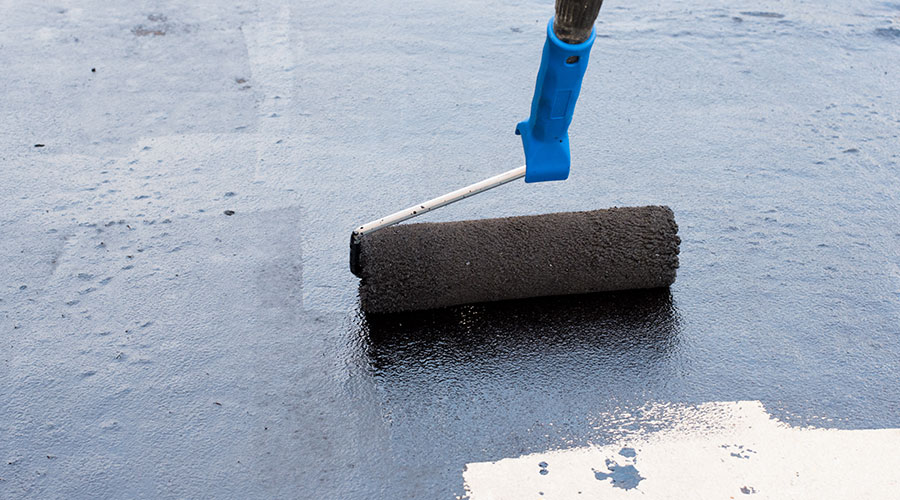Roofing Contractors: Do You Need One?
The pros of using the building staff to inspect the roof are obvious. First, they are already in the building, and there is no out-of-pocket cost. Second, the building engineers already should have maintenance programs set up for HVAC and other equipment and adding a roof program is easy to do.
But there are cons as well. For one thing, they may not be sure what they should look for. What's more, they have other responsibilities and may not have the time or inclination to go on the roof. On top of that, expertise may fluctuate with staff changes. Of course, it takes little expertise to watch for obvious things like punctures, holes and tears in the flashings, flashings that are slipping and opening up at the top, rusted metal components, or debris building up on the roof.
Another option is to hire an architect or engineer who specializes in roof consulting. These can be expensive and hard to find, and they need to be contracted and scheduled. But with those drawbacks come several advantages. The first is that they have no vested interest in the outcome of the roof survey: Their fees don't change whether the roof is in poor condition or good condition. A competent roof consultant knows what to look at — not only the obvious items but also the unusual conditions that affect roofs and cause failures. The consultant will also understand why problems are occurring, will know the most appropriate repairs and can write specifications for repairs that will resolve issues found during the inspection. Armed with a specific scope of work, the facility manager can seek bids on an apples-to-apples basis. The third advantage, especially with architects, is that they know the whole building and can identify problems that are not roof-related.
Contractors vary widely in expertise, depending on the level of personnel sent out to do the inspection. Some are excellent and do a professional, knowledgeable job. Others send out their repair mechanics who may know how to make generic repairs but may not know the system that is on your roof. If they are used to asphalt-based roofs and you have a single-ply membrane, they may not have the expertise to do a competent inspection.
Consider also that contractors make their money by doing repairs and replacing roofs. So even the most professional contractors have a built-in bias whether they acknowledge it or not. Some contractors offer periodic inspections as a part of a total maintenance program — inspections and repairs. The program is set for a given number of years for a given cost. Unfortunately, this set up creates a financial disincentive for a contractor to do the marginal work that is needed as costs are increased and profit drops.
If a contractor does the inspections for "free," beware. There is no such thing as a free lunch. It often means that the contractor has to find repairs to pay for the cost of the inspection. If you have one contractor do the inspection and then "bid out" the repairs, in an attempt to keep the process unbiased, there is no guarantee that the work done will match the required maintenance. Why? If you need to refill seven pitch pans, you need to specify which seven. Bidding off a report may not be enough to assure the repairs needed are the repairs actually made. The contractor doing the inspection also knows that it has an advantage in this bid situation as it is the one writing the scope of work.
The Most Important Step
The most important part of the check-up is to follow through with repairs to the problems noted. If you have a roof consultant do the inspection, he or she can provide a specification with a defined scope of work to bid the repairs to qualified contractors. If you have contracted for a maintenance program with a roofer, be sure to give the contractor your list of problems so that everything is repaired.
Finally, check your budget for the upcoming year. Have you allowed money for maintenance? A figure of 2 percent of the replacement cost of the roof is a good rule of thumb. You will need to adjust that figure up or down depending on the age of the roof and its condition. One option is to have the consultant provide you with a budget figure and an estimate of probable remaining service life so that the money is available if the roof needs replacement.
If you provide regular check-ups and follow through with repairs to the small problems that are found from year to year, you can be more comfortable knowing that you are saving a lot of money in the long term. Just saving the aggravation of having to go through a reroofing is well worth the price.
Karen Warseck, AIA, is president of Building Diagnostics Associates, a Hollywood, Fla., architecture firm. She is a contributing editor for Building Operating Management. She can be reached at architect@consultant.com.
Related Topics:














